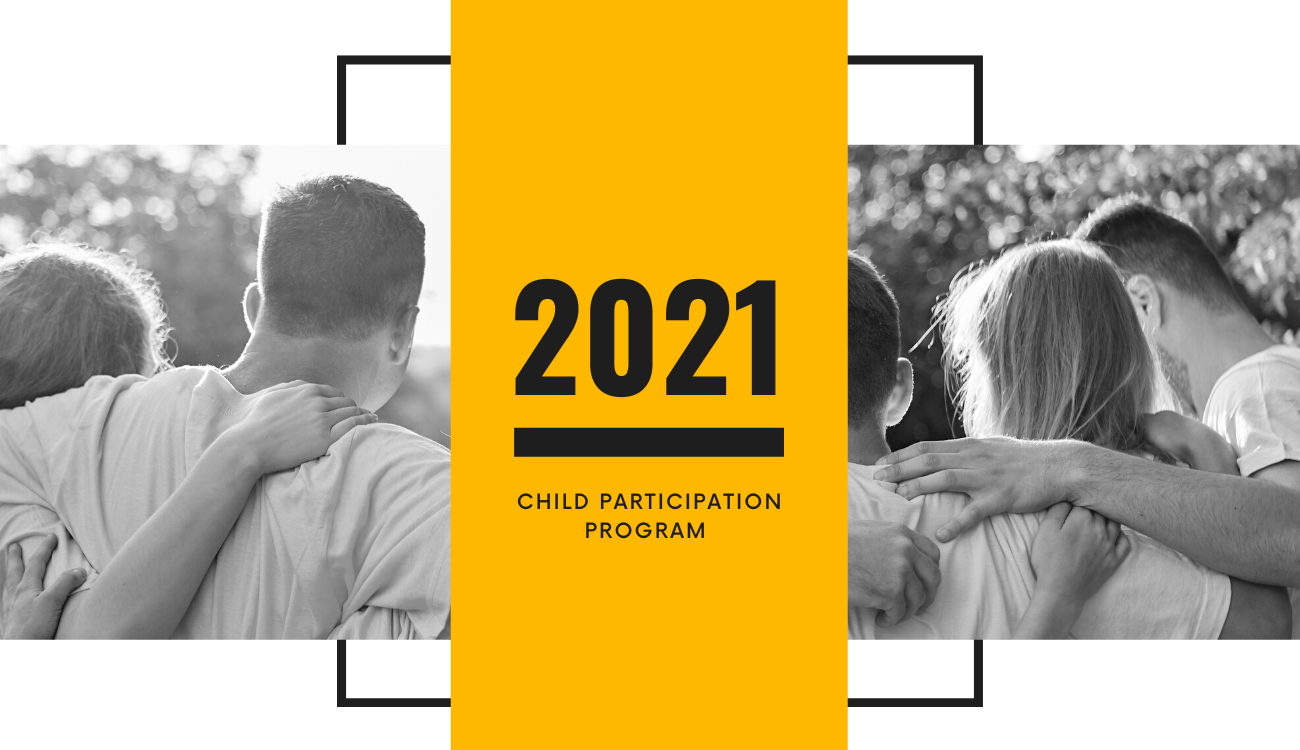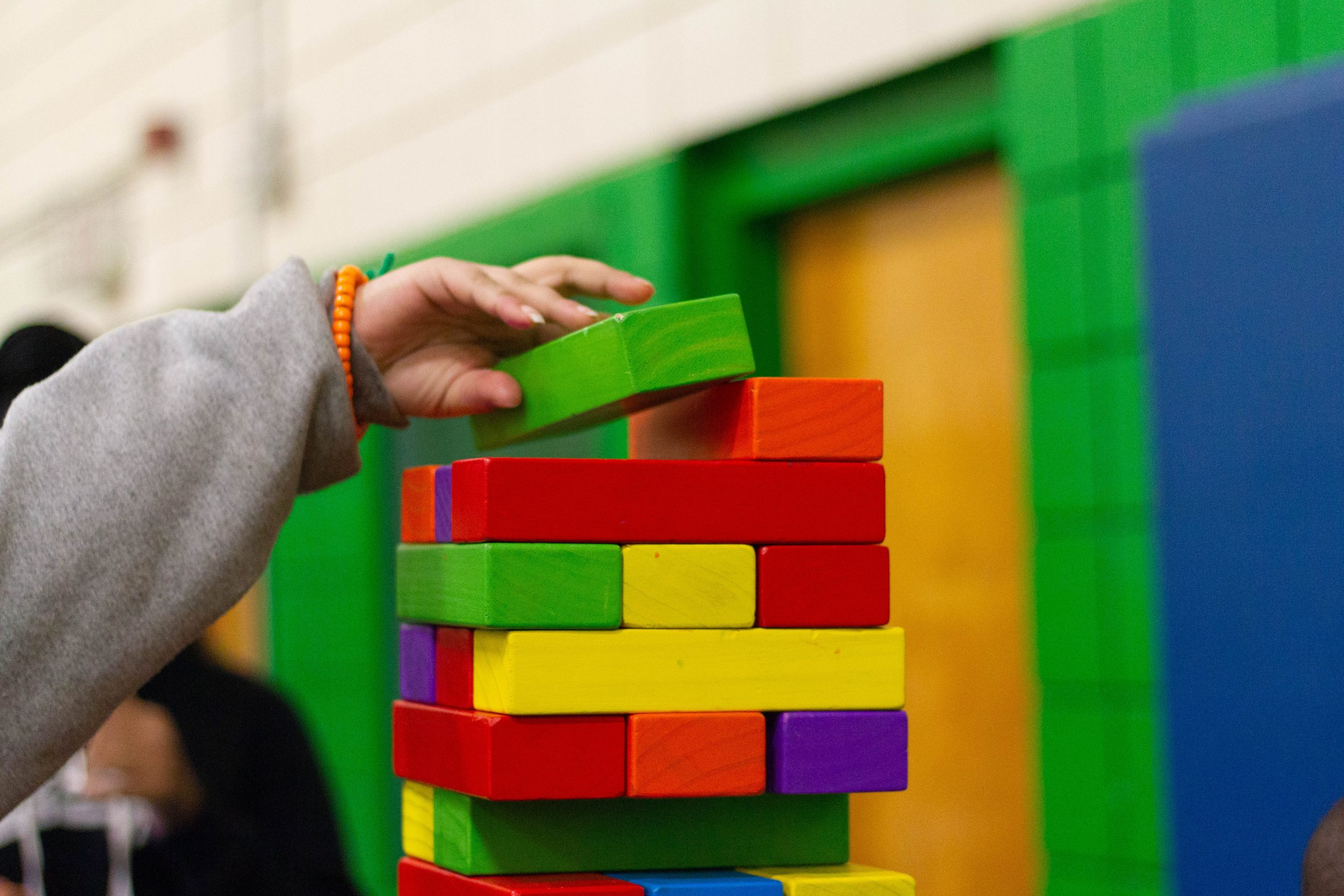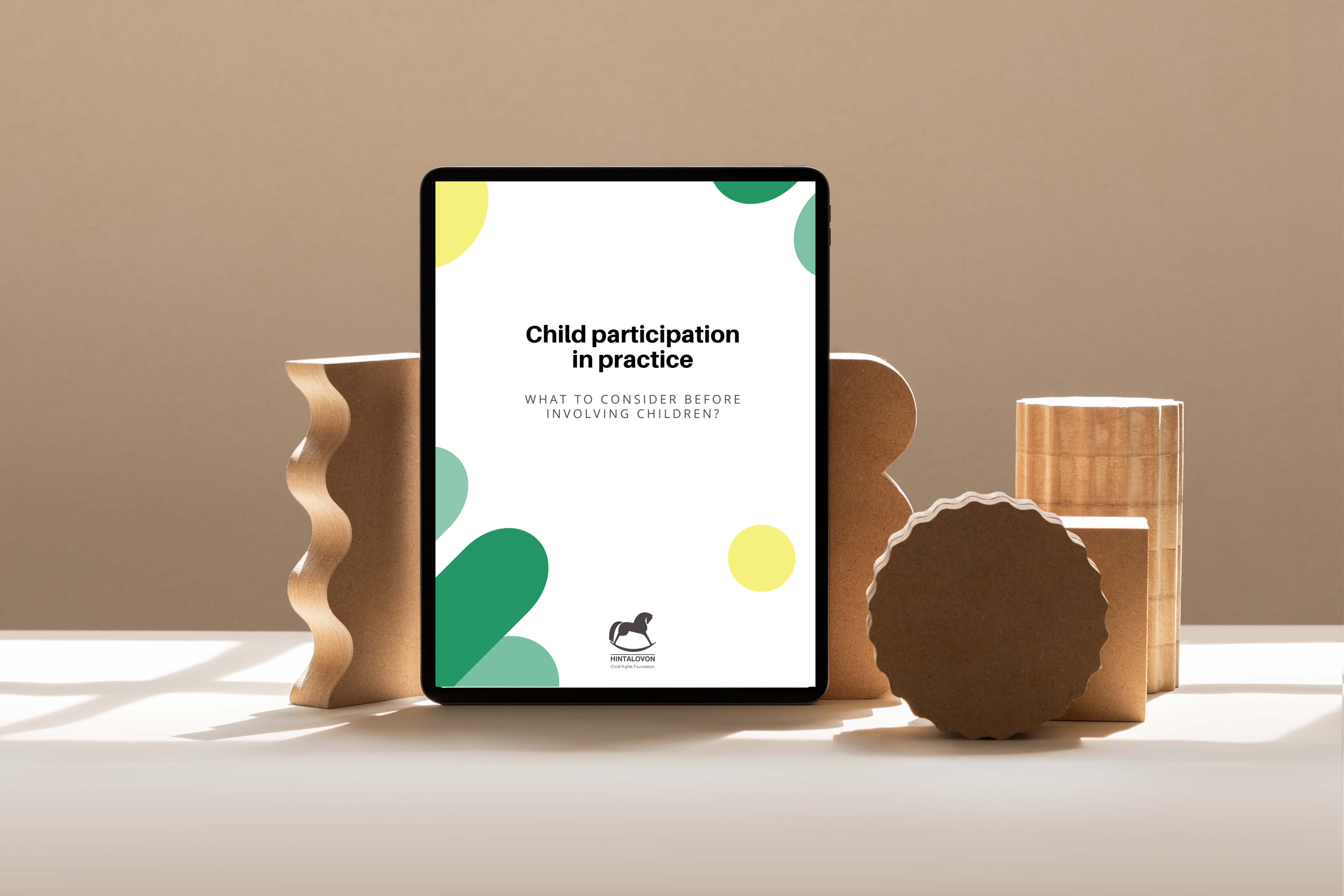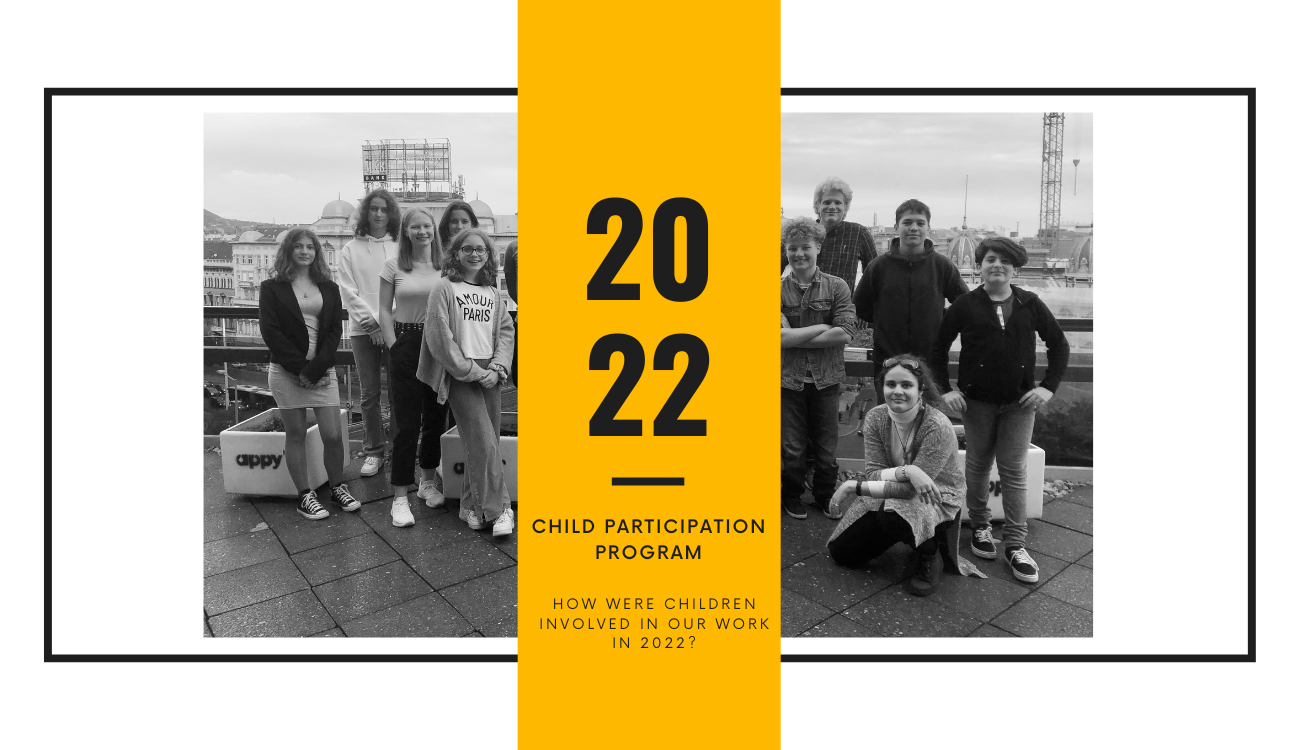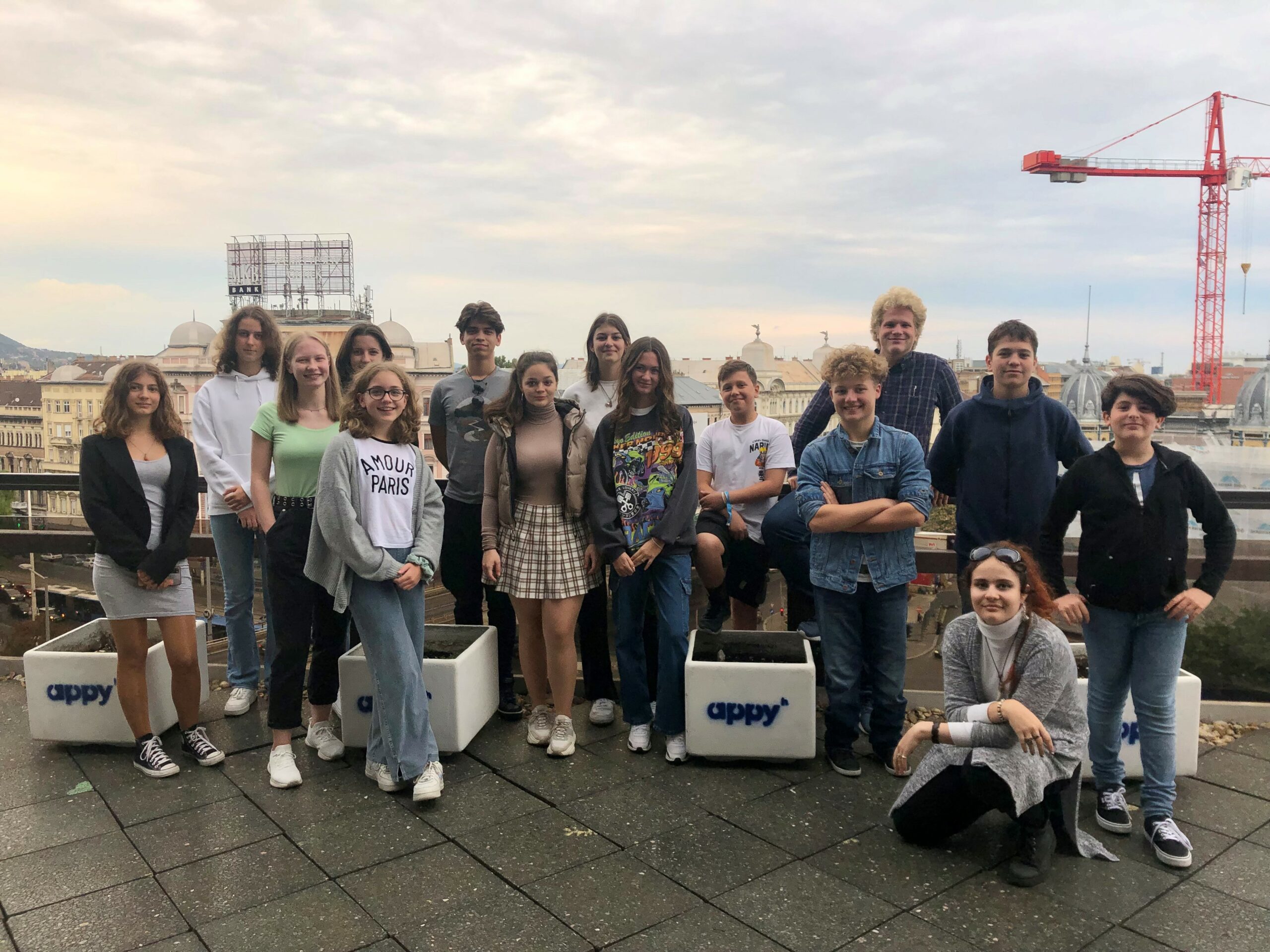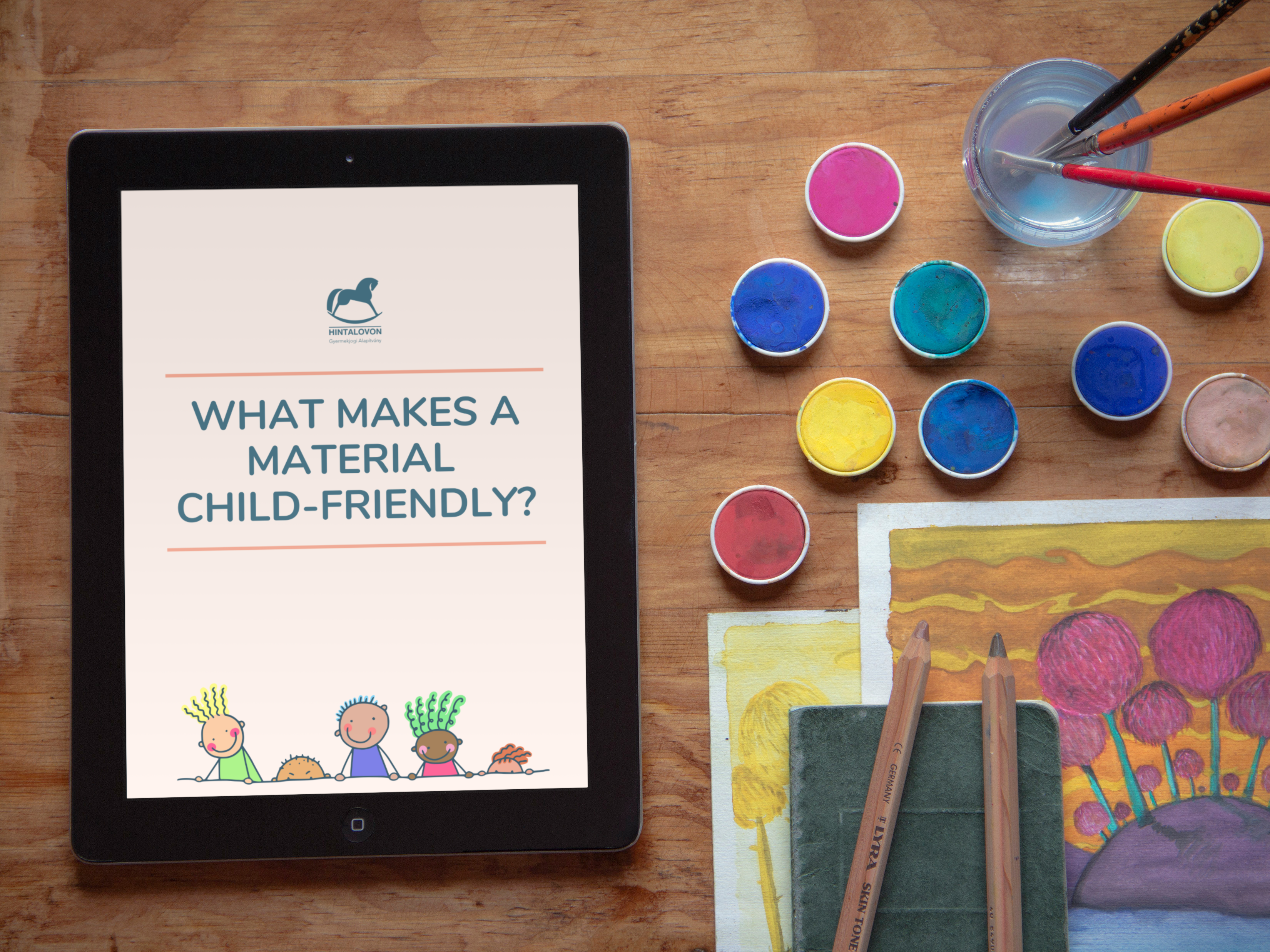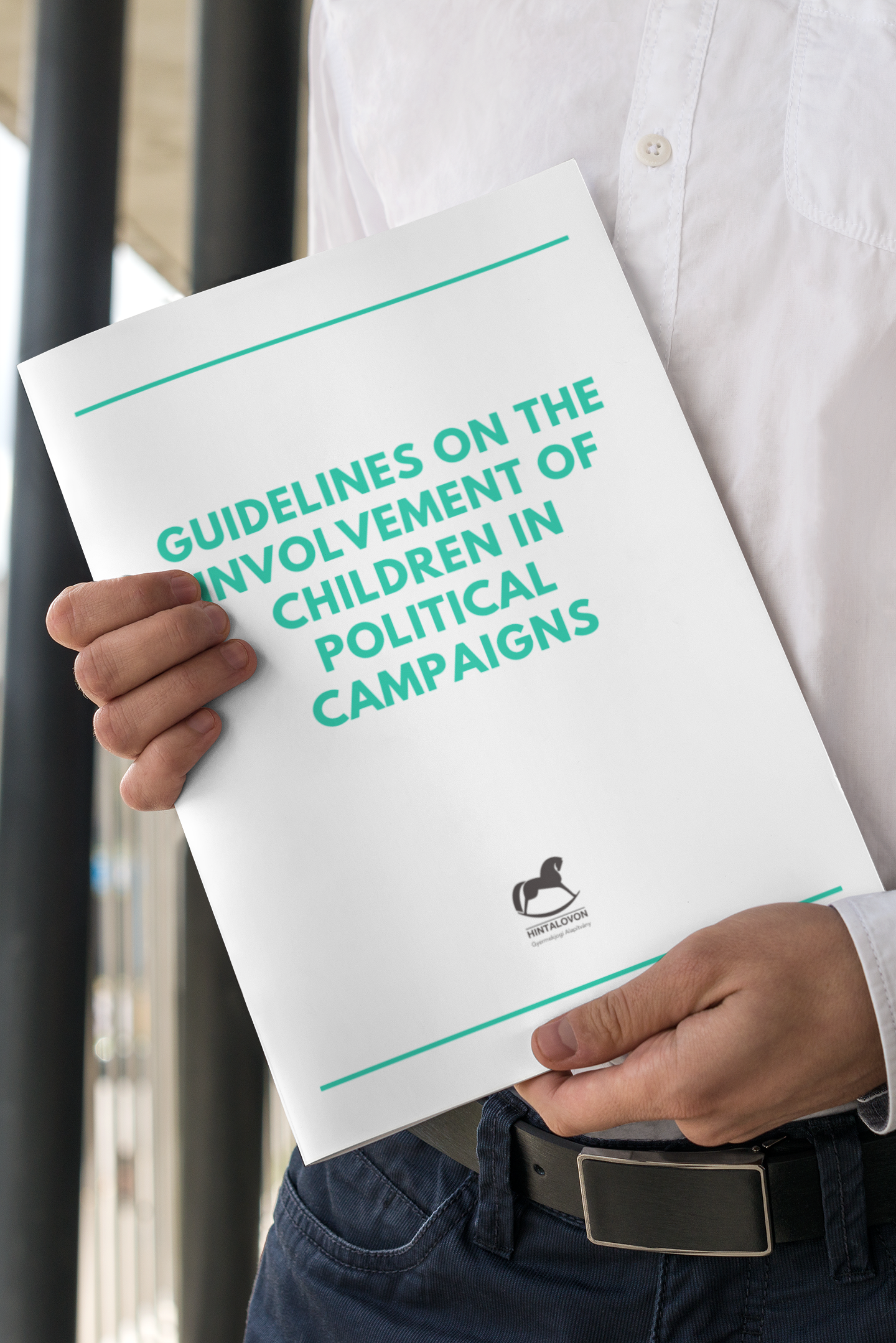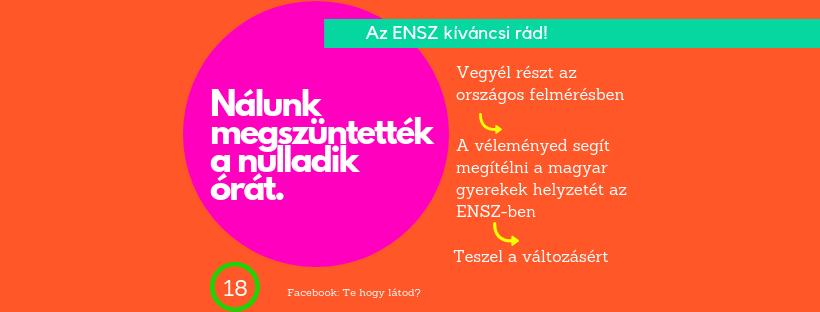The Hintalovon Foundation has, from the outset, involved children in its work for children’s rights. We are often asked questions as to how young adults take part in our programs, what roles they have and how we make sure their participation is meaningful and safe. In the 2021 Annual Report on the Child Participation Program we introduce the Foundation’s high school volunteers of 2021, describe how and in what activities they were involved in and we evaluate the most significant lessons learnt based on the children’s point of view. We now publish our methodology and its evaluation with the aim of pointing out the multitude of possibilities involving children entails and we would also like to promote the sharing of best practices and methodological challenges.
Who were our high school volunteers in 2021?
In 2021 we worked together with 30 children in three capacities:
- Child Rights Ambassadors, who were helping us basically as colleagues in close cooperation.
- A Child Advisory Board, whose task in the CLEAR-Rights project was to support practices that take children’s opinion into consideration in child-friendly legal assistance.
- Occasional volunteers, who either joined us for smaller projects individually or as a part of their community service (IKSZ) hours.
What did children participate in?
Unlike in previous years, the children worked directly with colleagues from all our programs.They took part in research, awareness raising and other types of campaigns, reviewed domestic and international initiatives, gave advice, represented the Foundation and its programs in the media and at professional events.
Projects of the Child Participation Program, in which children were involved:
- Participation in the Child Advisory Board as part of the CLEAR-Rights project to promote child-friendly legal assistance.
- Making of the Hungarian version of the video on the UN Convention on the Rights of the Child
- Assistance in writing and reviewing articles published on the website wmn.hu
- Participation in focus group consultations organized by Eurochild, representing children’s perspectives on materials aimed to support children’s work online.
- Promoting and reviewing the child-friendly, Hungarian version of The EU Strategy on the Rights of the Child.
- Talks about the digital world and digital parenting on the Magenta Podcast.
- The Child Rights Ambassadors created the first episode of their own podcast the Kamasz Kapu, in which they discuss how adults can strike up a conversation with teenagers
- Participation in a session of EMMI’s (Ministry of Human Resources) Thematic Working Group on Children’s Rights
- Management of the Child Rights Ambassadors own Instagram account (@gyermekjogi_követek).
- Participation in interviews, presentations and school discussions ( e.g. interview for the weekly magazine Nők Lapja, Gyerekliget Facebook group on online safety Facebook live)
- Reviewing materials, presenting articles made for child audiences.
The projects of the NEMECSEK Program in which children were involved:
- Participation in a research on community-based child protection, providing assistance with a related campaign and action plan.
- Working together with the adult co-workers of the NEMECSEK Program, brainstorming on school topics (e.g. initiation ceremonies)
- Child Advisory Board within the Project NEMECSEK SPORT
Projects of the Child Rights Centre in which children were involved in:
- participation in a conference supporting the research of ELTE ÁJK
- Introducing children’s rights to children, creating and reviewing child-friendly material.
- Supporting and reviewing material published on the webpage of the YELON project, introducing topics that are important for different age groups.
How did we work with the children?
Mostly online and on a regular basis
The ambassadors team had joint meetings on Fridays every two weeks and there were additional project-based meetings with smaller groups on weekdays on a scheduled basis. Each ambassador had to decide at the beginning of the year which of the two main projects they wanted to join. They also signed up for smaller projects in which they worked individually, in pairs or in smaller groups. The ambassador team created the podcast Kamasz kapu as a joint project and with that came their new motto: Through a child’s eyes, openhearted. Due to the pandemic we worked mostly online and only met in person when needed.
We met the children in the CLEAR Rights project online on a monthly basis and had face-to-face meetings every three months, whereas we worked with the occasional volunteers individually and also online. They defined their own schedule and sent materials back accordingly.
Children had various levels of influence in the decision making and other processes.
Children took part in projects on various levels, having different roles and responsibilities in each. In most cases, they were consulted on questions of our own or of our partners, such as in the NEMECSEK Sports program or in the CLEAR Rights project on child-friendly legal assistance but there were also cases in which they were involved more deeply, in partnership. It was still us, who introduced new topics and coordinated our joint work but the children had direct influence on the project’s outcome (e.g. throughout the research on community-based child protection or in the INCLUDE project about illegal child abduction. In some smaller projects the children had the leading role: they coordinated the @gyermekjogi_kovetek Instagram page and created the podcast Kamasz kapu, content creation and technical parts included. The adult co-workers only played a supporting role in these projects.
Children took part in projects from start to finish
Children were involved in different project phases. In several instances they were asked to help identify problems in other cases they joined in the planning or implementation of the processes and we were also striving to involve them in the evaluation phase. In 2021, similarly to the previous years, children played the most significant role in the implementation phase.
We evaluated our collaboration with the children on a regular basis
During our evaluation of the children’s work at the Foundation we did not only assess the achievements and outcomes but also placed great emphasis on the participation process and the quality of the participation. children were asked to fill out an online questionnaire every six months but we also asked for their feedback during and after the given project.
What are the main conclusions?
- Joint projects would help to strengthen team spirit
- It led to a more specific results and was also less frequent when children were only reviewing the given material
- There was more space for the ambassadors’ initiatives but their implementation was often left incomplete
- The fraims of the projects led by children should be more specifically defined.
- The children as well as the adults should be made aware of the levels and depths of the children’s participation.
- Children were involved in all programs of the Foundation but this drew attention to the need of improving the teamwork of the adults.
- It is harder to evaluate and care for children’s personal well-being and growth while working with them online
- Efforts should be made to create methodological descriptions
- The Corona virus-induced online work facilitated inclusivity and the sharing of information but had negative effects on effectiveness and motivation.
- Collaboration with outside partners or consultations organized for them are inspirational, but also meant a greater exposure and called for greater consciousness.
- Planning ahead with the children became easier but the process often proved to be too protracted to be effective
- We dismissed the idea that the ambassadors should specialize
- The beginning of the school year is not the right time for recruiting new members
- We need to devote more resources for the facilitation and demonstration of the ambassadors’ work
- We are planning to offer more types of volunteer positions to the children
- Involving occasional volunteers and school-based community service both have promising possibilities but these can only be put to use with limited focus.
- There is a need for regular risk analysis
Download the full report in Hungarian from here.
